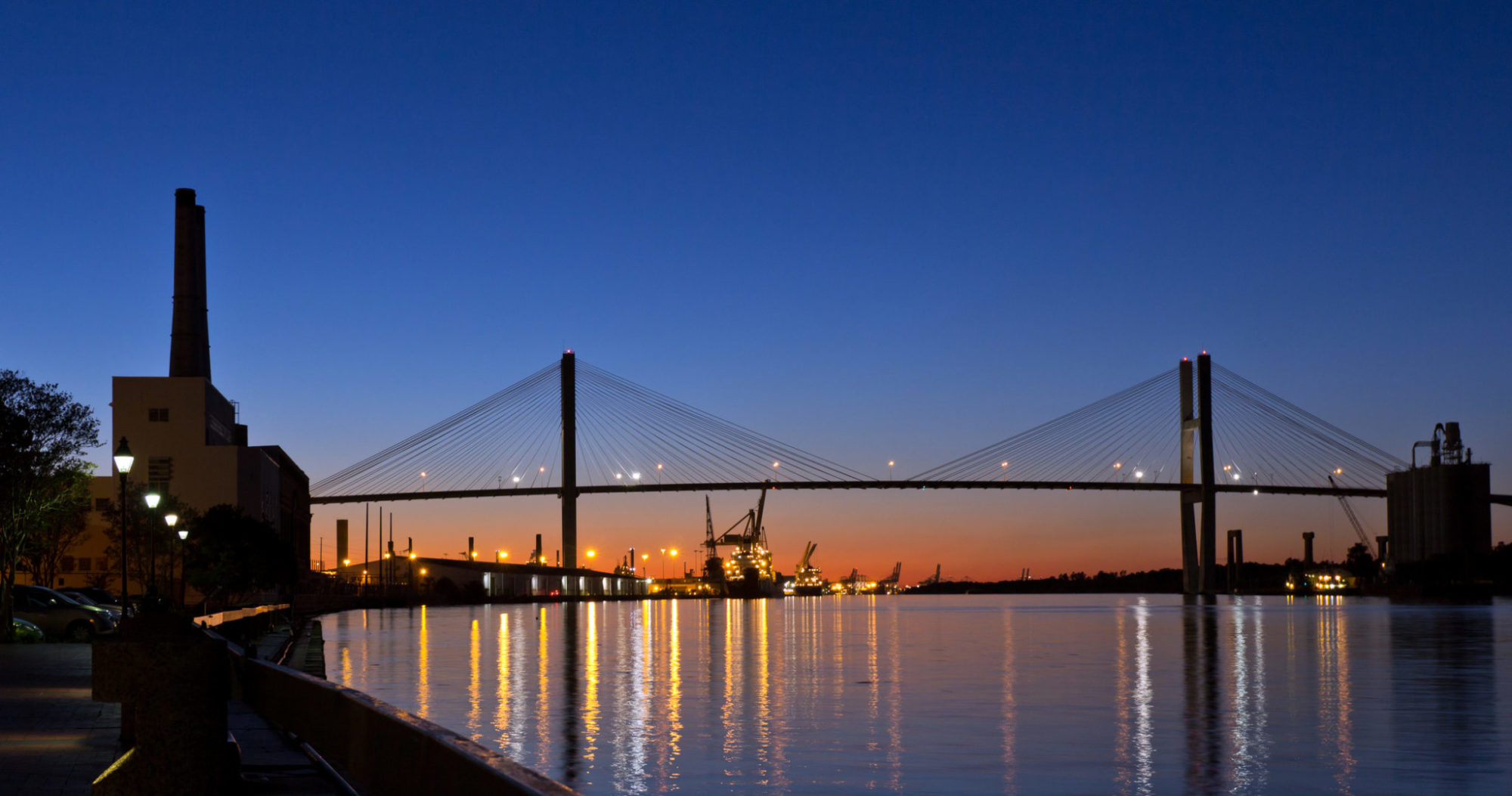Savannah Is Sweating The Big Boat
BUT NOT CHARLESTON … Over the last few weeks this website has been tracking the progress of thYou must Subscribe or log in to read the rest of this content.
BUT NOT CHARLESTON …
Over the last few weeks this website has been tracking the progress of th
